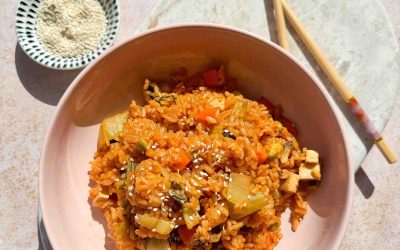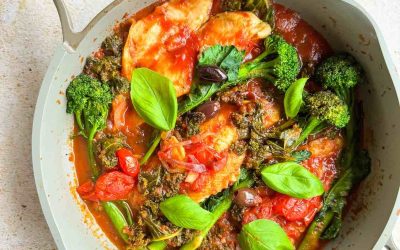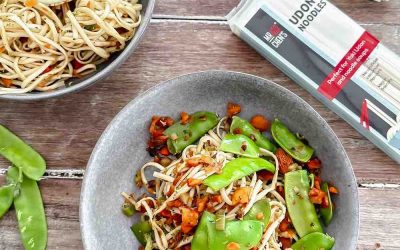Farmers Pick to Rescue 500,000 Corn Cobs this year!
By Director – Josh Ball · · 5 min read
We’ve collaborated with corn farmers to rescue these perfectly imperfect corn cobs and deliver them directly to you.
Who doesn’t love corn?
Australia produces between 350 million and 450 million kilos of corn annually. We consume it in many forms: flour, starch, popcorn, grits, and, of course, fresh. No barbecue is complete without fresh, sweet corn cobs. If you visit the supermarkets, you’ll likely come across neatly packed, unblemished sweet corn cobs. Unfortunately, this perfection comes at a cost.
In just one farm, approximately 2 million cobs of corn are wasted every year due to supermarkets’ unrealistic beauty standards.
What Are the Supermarket’s Unrealistic Beauty Specifications?
Supermarkets impose ultra-specific and unrealistic standards on all fruits and vegetables, including corn. They scrutinise every aspect, from colour and size to the presence of husks and even the shape of the cobs.
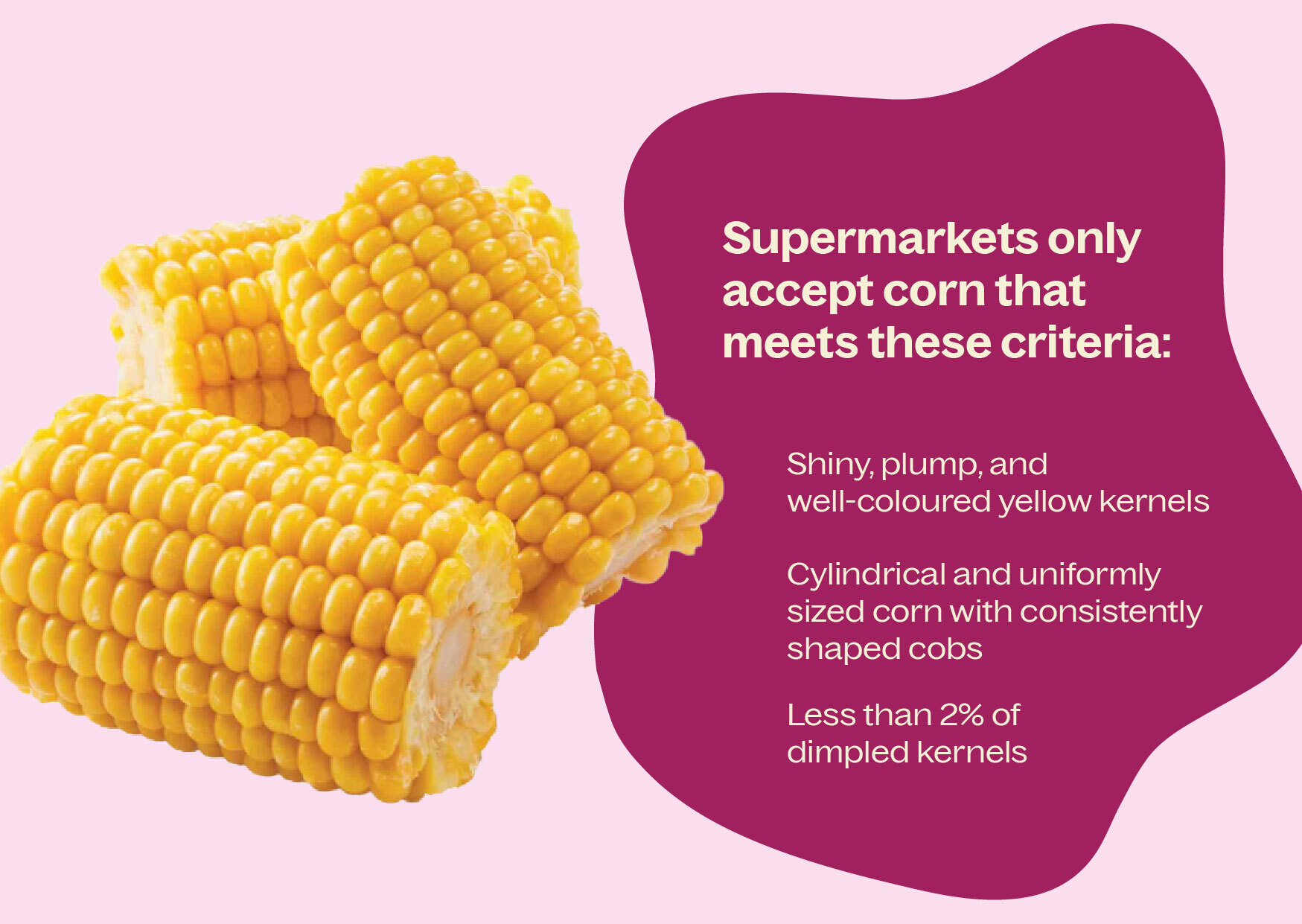
Even if corn naturally meets these specifications, it doesn’t mean it can go straight to the supermarket. The cobs must be cut evenly and show no traces of fibrous husk and silk.
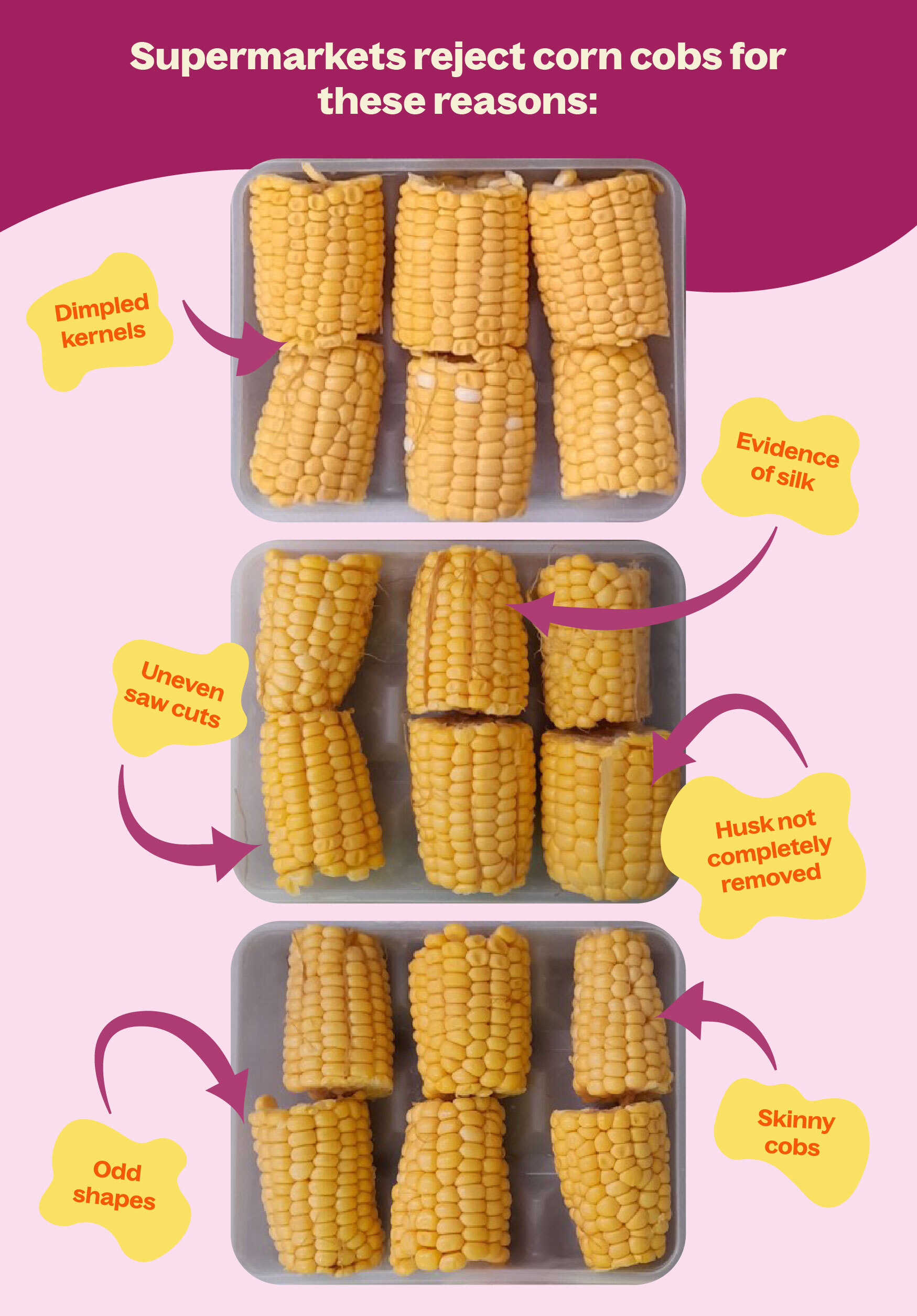
Notice how these specifications don’t include taste? That’s because supermarkets set these requirements purely for aesthetic purposes. Corn considered defective has the same delicious, sweet taste and is perfectly safe to consume.
What Happens to the Rejected Corn?
If rejected corn can’t be used for animal feed, farmers often have to dump it and churn it back into the soil. This is the worst option because when food goes to landfill and rots, it produces methane—a greenhouse gas even more potent than carbon dioxide, which accelerates climate change. This process also undoes all the sustainable farming efforts our farmers have been making, such as storing more carbon in the soil.
Either way, it’s a loss for farmers and contributes to the growing food waste problem in Australia.
Increasing Challenges in Growing Corn Have Made Supermarkets Specifications More Devastating
The challenges faced by farmers extend beyond supermarkets’ unrealistic beauty specifications. Climate change has made the conditions required to grow corn increasingly difficult to achieve.
Corn is very sensitive to temperature. It doesn’t grow well in extreme cold or heat; the ideal growing temperature ranges around 15-35 degrees Celsius. Additionally, corn requires plenty of sunlight and high-quality, nutrient-rich soil. However, climate change has created more erratic and extreme weather events, leading to devastating consequences for farmers.
For instance, in January 2024, our farmers experienced heavy rainfall and floods, which decimated their South East Queensland crop that was ready to harvest. Corn plants simply collapsed under their own weight, and any crops already planted rotted. The long-term damage is also significant, as farmers must wait until everything dries out completely before replanting, effectively halting supply for at least 3 to 4 months.

This unpredictable weather pattern is one of the reasons why corn farming is becoming increasingly challenging in Eastern Australia, with harvests becoming more uncertain. When combined with the unrealistic beauty specifications imposed by supermarkets, farmers are left with little to nothing. For consumers, this translates to higher prices for corn at the supermarket.
How Farmers Pick (and You) Can Help
This is where Farmers Pick steps in. We’ve collaborated with corn farmers to rescue these perfectly imperfect corn cobs and deliver them directly to you. By doing so, we not only reduce food waste but also help alleviate the financial burden experienced by farmers.
We plan to save 500,000 corn cobs this year and we can’t achieve this without your help!
So, we hope you enjoy cooking with these corn cobs (and our other rescued fruits and veggies).
And please, spread the word to your friends and family!
Join our Farmers Pick community now!

Source
Adams Australia. (n.d.).
Corn.
https://www.adamsaustralia.com.au/grains-pulses-and-oilseeds/corn/#:~:text=In%20Australia%20corn%20is%20a,it%20sought%20after%20in%20Asia
MacCathmhaoil, A. (n.d.).
Animal Feed From Food Waste Process: Turning Food Waste Into Animal Feed. Waster.
https://waster.com.au/animal-feed-from-food-waste-process/
McBride, M. (2021).
Turning Food Waste into Feed: Benefits and Trade-offs for Nature. World Wildlife.
https://www.worldwildlife.org/blogs/sustainability-works/posts/turning-food-waste-into-feed-benefits-and-trade-offs-for-nature
Bunnings. (n.d.).
Planting, growing, and harvesting corn in Australia.
https://www.bunnings.com.au/diy-advice/garden/planting-and-growing/how-to-grow-corn#
Check out all of our posts!
Creamy Sun-Dried Tomato Pasta
Creamy Sun-Dried Tomato PastaBy Director - Josh Ball · Last updated Friday, 31st May 2024 · 3 min readCheck out all of our posts!<< Back to blog
HASSELBACK PUMPKIN
HASSELBACK PUMPKINBy Director - Josh Ball · Last updated Friday, 24th May 2024 · 3 min readCheck out all of our posts!<< Back to blog
RICE COOKED FRIED RICE & GREENS
RICE COOKED FRIED RICE & GREENSBy Director - Josh Ball · Last updated Friday, 10th May 2024 · 3 min readCheck out all of our posts!<< Back to blog
BANANA, APPLE AND CARROT LOAF
BANANA, APPLE AND CARROT LOAFBy Director - Josh Ball · Last updated Friday, 3rd May 2024 · 3 min readCheck out all of our posts!<< Back to blog
POMEGRANATE AND HALLOUMI
POMEGRANATE AND HALLOUMIBy Director - Josh Ball · Last updated Friday, 12 April 2024 · 3 min readCheck out all of our posts!<< Back to blog
VEGAN PUMPKIN PAPPARDELLE
VEGAN PUMPKIN PAPPARDELLE By Director - Josh Ball · Last updated Tuesday, 09 April 2024 · 3 min readCheck out all of our posts!<< Back to blog
ONE POT PUTTANESCA INSPIRED FISH
ONE POT PUTTANESCA INSPIRED FISHBy Director - Josh Ball · Last updated Tuesday, 09 April 2024 · 3 min readCheck out all of our posts!<< Back to blog
SWEET & SAVOURY STIR FRIED UDON NOODLES
SWEET & SAVOURY STIR FRIED UDON NOODLESBy Director - Josh Ball · Last updated Friday, 28 March 2024 · 3 min readCheck out all of our posts! << Back to blog


